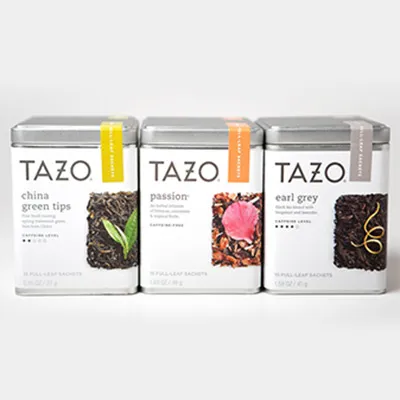culture dish vs petri dish
Culture Dish vs. Petri Dish An In-Depth Comparison
When it comes to microbiology, cell biology, and various other fields of life sciences, the terms culture dish and Petri dish are often used interchangeably. However, there are subtle distinctions between the two, each serving its unique purpose in laboratory settings. Understanding these differences can enhance our grasp of experimental methodologies and the tools employed in biological research.
Defining the Terms
A culture dish is a broad term that refers to any dish-like container used to grow microorganisms, cells, or tissues. These dishes can come in various shapes, sizes, and materials, including glass and plastic. They are often designed to hold culture media—nutrient solutions that provide the necessary environment for cellular growth.
On the other hand, a Petri dish specifically refers to a shallow, circular dish made of glass or clear plastic, characterized by its shallow depth and flat bottom. Named after the German bacteriologist Julius Richard Petri, who invented it in the late 19th century, the Petri dish has become a staple in laboratories worldwide for culturing microorganisms, especially bacteria and fungi.
Materials and Design Features
Culture dishes can vary significantly in design. While some culture dishes are made of standard plastic or glass, others may have special coatings or materials to better support cell adhesion, growth, or differentiation. For instance, certain culture dishes may feature tissue culture-treated surfaces that encourage cell attachment, making them ideal for growing adherent cell lines.
In contrast, Petri dishes are typically simple in design. They consist of two parts a shallow base and a lid that fits over it. The flat surface of the Petri dish allows for the even distribution of agar, a gelatinous substance derived from seaweed, often used as a solid medium to support the growth of microorganisms. The transparent material of Petri dishes also enables easy observation of cultures without the need for additional imaging techniques.
culture dish vs petri dish

Applications and Uses
Culture dishes are versatile tools in laboratories. Researchers use them for a variety of applications, from culturing mammalian cells in tissue engineering to growing bacterial biofilms for study. The design and materials of culture dishes can be tailored to meet specific experimental needs, such as allowing for gas exchange, preventing contamination, or supporting specialized growth conditions.
Petri dishes are primarily used for culturing microorganisms. They are the preferred choice for microbiologists who wish to isolate and identify bacterial colonies. By spreading a diluted sample on the surface of a solidified agar medium in a Petri dish, researchers can observe distinct colonies that arise from individual microorganisms. This facilitates isolated growth, allowing for easier identification and experimentation on specific strains.
Sterilization and Contamination
Another key aspect of culture dishes and Petri dishes is their maintenance of sterility. Contamination is a significant concern in any laboratory culture work, as unwanted microorganisms can corrupt experimental results. Both types of dishes are usually sterilized before use, commonly through methods such as autoclaving or gamma irradiation.
In practical terms, while Petri dishes are often singly used for short-term experiments, culture dishes may be employed in situations requiring prolonged growth or for specific experimental setups. The choice between a culture dish and a Petri dish often depends on the nature of the experiment, the desired time frame for growth, and the specific requirements of the cells or microorganisms involved.
Conclusion
In conclusion, while culture dishes and Petri dishes are both essential tools in laboratories, they serve different purposes and come with unique features. Understanding the distinctions between these two types of dishes can help researchers choose the appropriate tools for their specific experimental needs. As advancements in biotechnology continue to develop, the significance of these dishes in promoting scientific discovery remains paramount, influencing everything from basic research to clinical applications. Thus, comprehending their differences not only enhances our technical capabilities but also contributes to the broader understanding of life sciences.
-
Aesthetic Makeup Spray Bottles | Fine Mist Empty RefillableNewsAug.19,2025
-
White Plastic Veterinary Vaccine Vials | Lab Liquid BottlesNewsAug.18,2025
-
Plastic Medicine Liquid Bottle: Secure Flip Top Drug VialsNewsAug.17,2025
-
Durable 250ml Blue Plastic Vaccine Vial for Lab & Vet UseNewsAug.16,2025
-
Sterile Virus Sample Tubes: Secure & Reliable Specimen CollectionNewsAug.15,2025
-
White 250ml Plastic Vaccine Vial for Lab & Vet MedicineNewsAug.14,2025
























